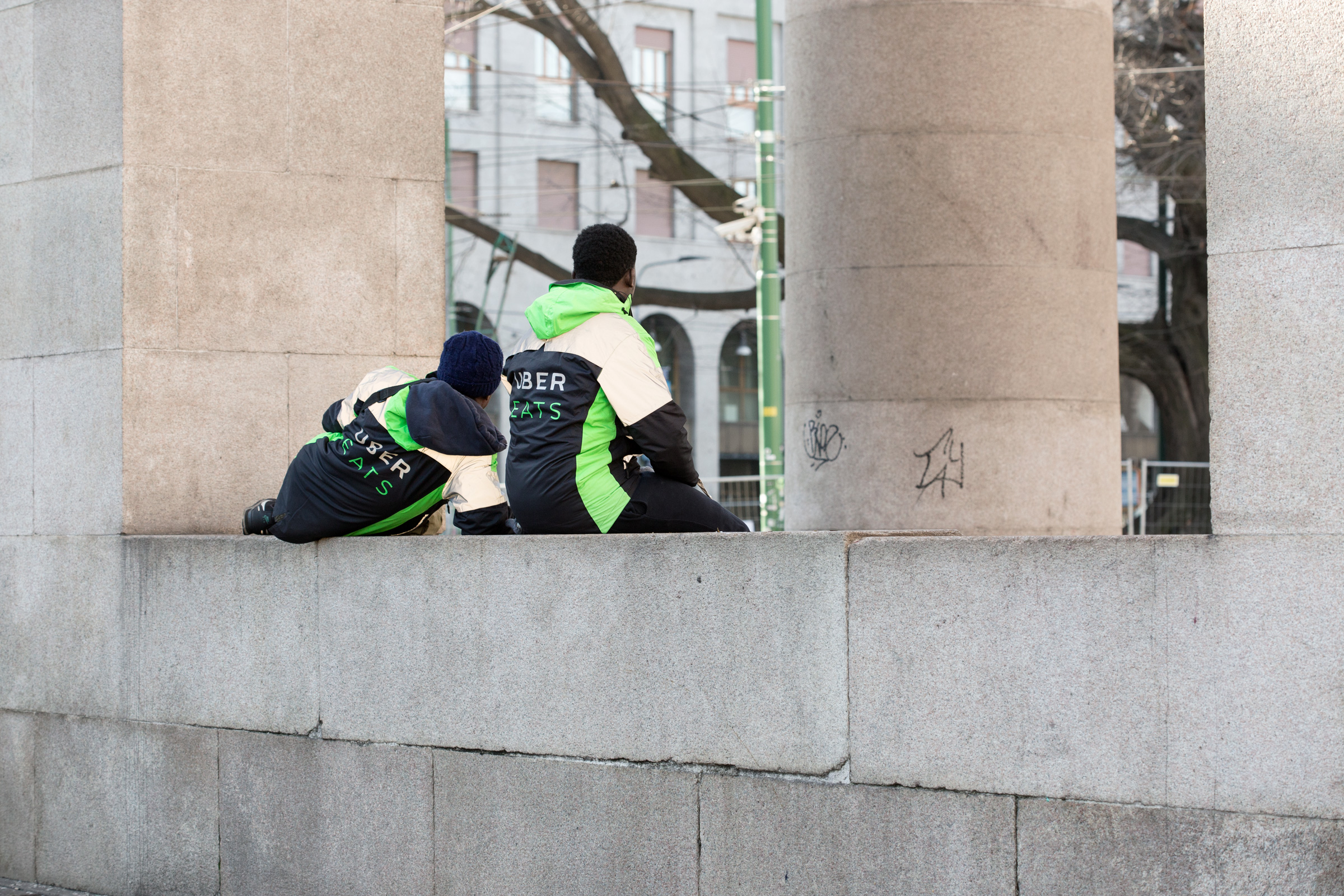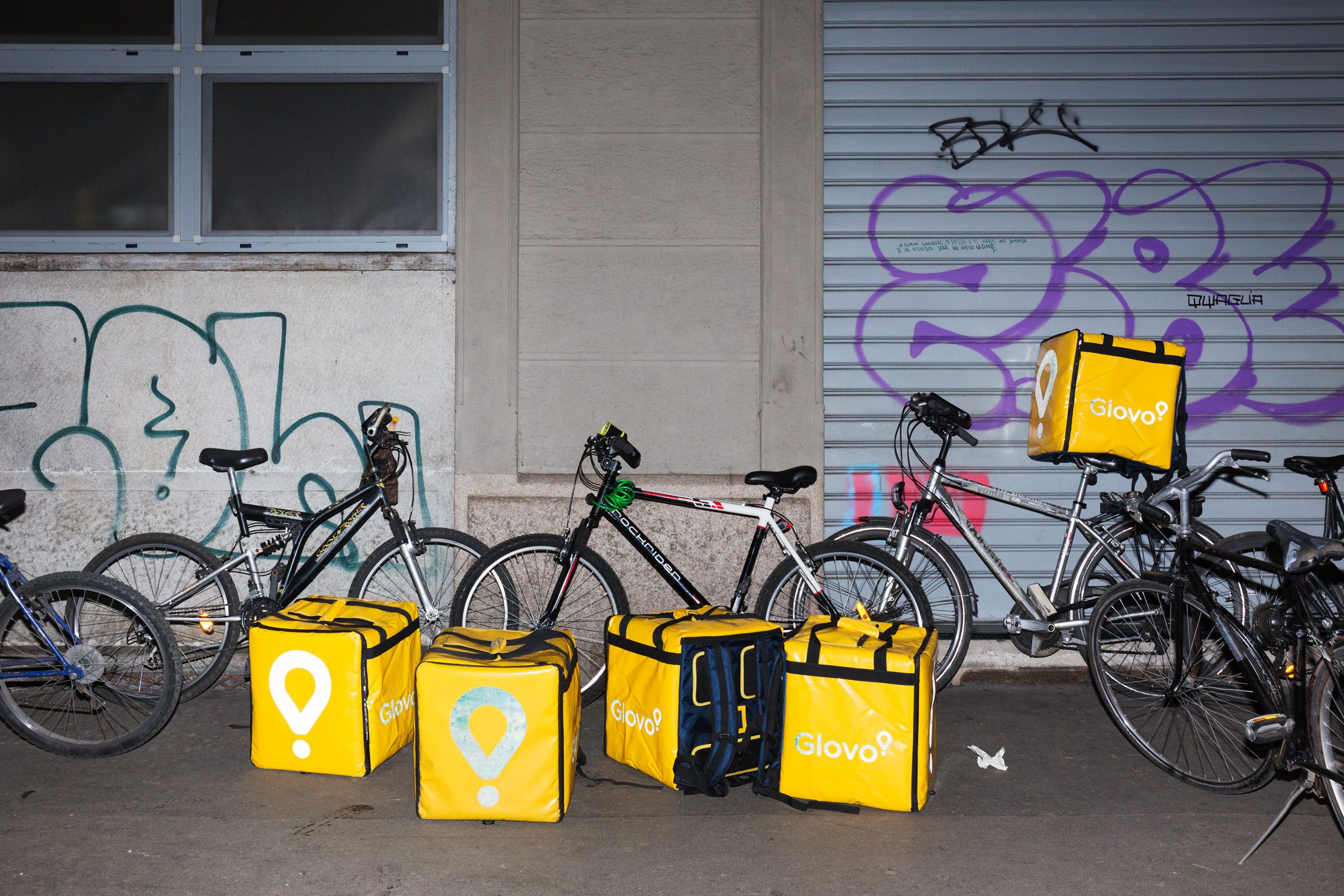Che la città non sia una macchina perfetta progettata a monte da grandi ingegneri lo sappiamo ormai da anni. L’illusione di potere decidere tutti i destini della trasformazione dello spazio con un piano politico e tecnico, nella sua accezione migliore (la politica che voleva difendere l’interesse generale nello sviluppo della città) o peggiore (tecnocrazia) è svanita: e ora sono tutti d’accordo che la città si FA, è il risultato di un complesso di azioni molecolari dal basso e dall’alto, una somma di spinte e attori eterogenei. La disgrazia della parola urbanistica è stata la fortuna del termine – inglese, naturalmente – city making, che è più simpatico, più assonante con l’idea contemporanea del fare, lontana dalle pretese scientifiche e vicina alla prassi, e sufficientemente vaga per essere usata da ognuno come gli pare: non implica gerarchie, non sottintende competenze e distinzioni pubblico-privato, non ci sono differenze di scala. Quindi sono tutti felici di applicarla al proprio campo: gli attivisti e gli operatori sociali si fregiano di essere city makers, ma lo sono anche i singoli imprenditori – i gestori di bar, ristoranti, edicole, night club, gallerie, librerie, coworking – e pure i designers, gli architetti, i grafici, i membri delle associazioni, ma anche gli immobiliaristi, le banche, le grandi aziende che „investono“ e „atterrano“ nelle città.
Nella prospettiva del City Making, le amministrazioni locali sono dei mediatori tra queste micro (e macro) forze, delle grandi orecchie che devono prestare ascolto a tutti, devono attirare tutti e infine tirare le fila, ma sommessamente, senza mostrare di avere una volontà politica o una direzione netta. La comunicazione deve essere tutta concentrata sull’incontro spontaneo e armonico tra gli attori: si gioisce della cultura a Macao ma anche della piazza di Apple, si celebra la grande festa delle culture del mondo con i migranti e si recinta il centro (solo il centro) con i Jersey, si finanziano i piccoli bottegai della tradizione e si concedono spazi immensi a nuovi centri commerciali, con calma e gesso.
Ecco perché i Raumplan, curatori di questa mostra con il supporto di Base, hanno scelto il titolo Trouble Making: nello specifico, la loro ricerca indaga quei city makers che trasformano in maniera massiva la città senza avere neppure bisogno di risiedervi: le grandi piattaforme come airbnb e Uber, Deliveroo e Foodora. Mentre la loro attività diffusa altera le leggi e l’economia del turismo, del lavoro, dei valori immobiliari, dell’affitto, del modo di mangiare, di incontrarsi, senza tante discussioni, i piccoli attori si ammazzano di riunioni serali, di bandi, di partecipazione, per conquistare piccoli spazi di riconoscimento, briciole di agency e di soldi. Mentre gli uni agiscono in remoto, attraverso le pressioni lobbistiche e i tribunali internazionali, gli altri rincorrono media e social per essere visibili e potere interloquire. La cosa più straniante è che per non essere identificati come i nemici i capitalisti delle piattaforme escogitano bandi per progetti locali comunitari, ponendosi come community makers.

La forza di queste polarizzazioni è la base dei sei progetti in mostra, dove per esempio Louis De Belle fotografa i lavoratori del food delivery identificandone i segni di riconoscimento, gli „attrezzi da lavoro“ come le camere d’aria della bici o i guanti senza dita o le batterie esterne per gli smartphone, ricostruendo pezzi delle loro storie dalle facce.
Calibro, Donato Ricci e Obelo analizzano il nuovo sito di airbnb per studiare l’estetica della sharing economy, l’effetto omologante che le regole ferree del posizionamento sul sito impongono a chi vuole disperatamente vendere, ma anche comprare, non tanto un soggiorno temporaneo in una città, ma un’esperienza che al tempo stesso dovrebbe essere unica ma rassicurante, diversa ma riconoscibile. Dal linguaggio scritto a quello visivo, tutti si devono adeguare a una „personalizzazione“ usando un vocabolario ristrettissimo, poche varianti di un gusto uniforme e uniformante. Migliaia di interni cambiano verso un’unica direzione, una metamorfosi repentina ed epocale, ma finora inosservata.
La ricerca di Delfino Sisto Legnani mostra invece l’invadenza di una serie di inquietanti dispositivi domestici, come i bottoni di Amazon o i Rumba Robot, che registrano e trasmettono all’esterno informazioni su spazi e comportamenti privati, abbattendo il confine tra interno ed esterno, mentre un’altra indagine di Louis De Belle condotta insieme a Giacomo Traldi sul Bus Sightseeing immortala lo stereotipo degli itinerari monumentali, le formule a cui vengono ridotte le città a uso turistico. Giga Design studio e superinternet presentano un contributo sulle conseguenze urbane dei flussi di informazione online: marketing virale, fake news, self-journalism, condivisione di contenuti e promozione fai-da-te sui social network influenzano le modalità con cui la città si informa e si rappresenta, anche secondo dinamiche potenzialmente distorsive.
A chiusura del percorso espositivo, è collocata una scultura di Ayr, che si appropria di uno dei più famosi prodotti disegnati da Achille Castiglioni. Nel centenario della nascita del progettista, l’opera costituisce un commento, vagamente onirico e surrealista, sul ruolo marginale di un paese come l’Italia nell’ambito del capitalismo delle piattaforme.

Al termine di queste ricognizioni le domande si moltiplicano: chi FA veramente le città, certo, ma anche come? cosa è veramente dal basso, e cosa dall’alto? come si distinguono?
E l’urbanistica è veramente sparita?
Geschrieben von Lucia Tozzi






